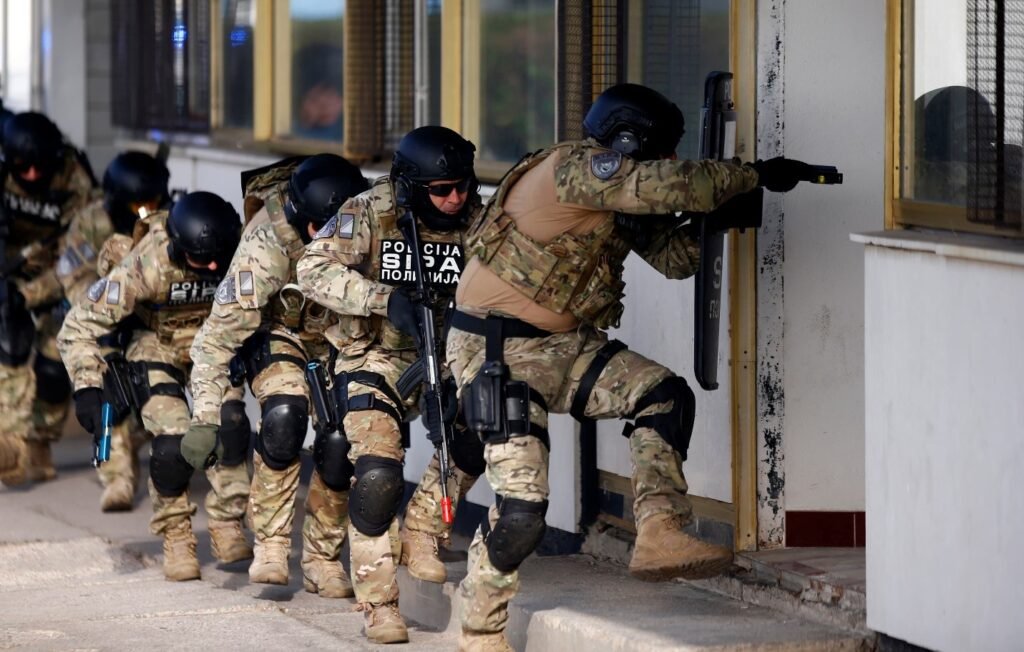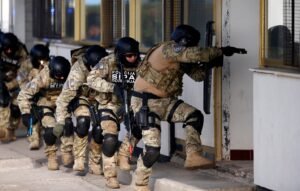One of the most contentious issues in modern geopolitics is the distinction between freedom fighters and terrorists. Throughout history, individuals and groups have taken up arms in the name of liberation, resistance, or justice, only to be labeled as terrorists by the governments and institutions they oppose. This ambiguous distinction depends largely on perspective, often creating moral dilemmas for the global community.
What Defines a Freedom Fighter?
At its core, a freedom fighter is someone who fights against oppression, seeking justice and liberation for themselves or their community. Historically, freedom fighters have opposed colonialism, dictatorship, and foreign occupation. The American Revolution, the French Resistance during World War II, and the anti-apartheid movement in South Africa are all examples of groups that used force to fight against oppression and injustice.
Freedom fighters often justify their actions by pointing to systemic injustice. For them, peaceful protest has either failed or is simply not an option, making armed resistance a last resort. Many of these groups argue that they are fighting for fundamental human rights, such as freedom, equality, and self-determination.
The Label of “Terrorist”
Governments and power structures, however, often label these same groups as terrorists. Terrorism is typically described as the service of violence or intimidation against civilians to achieve political aims. The key difference between terrorism and legitimate resistance is often in the targeting: while terrorists deliberately target non-combatants to create fear, freedom fighters typically aim their resistance at military or political structures.
The problem lies in how these terms are applied. Governments tend to label any violent opposition as terrorism, regardless of the legitimacy of the cause or the methods used. This serves a strategic purpose, allowing governments to delegitimize and criminalize dissent, casting their opponents as morally reprehensible in the eyes of the world.
Historical Examples of Ambiguity
Nelson Mandela’s African National Congress (ANC) is a prime example of this duality. During the apartheid era, the South African government and many Western nations labeled the ANC as a terrorist organization, even though it was fighting against an oppressive regime that denied basic human rights to the majority of its population. Mandela himself spent 27 years in prison, considered a terrorist by his government. Today, he is celebrated globally as a hero of human rights and justice.
Similarly, during World War II, the French Resistance fought against Nazi occupation using guerilla tactics, which included sabotage and targeted assassinations. While these actions could be considered terrorist acts by today’s standards, the Resistance is remembered as a legitimate and heroic force in the fight against fascism.
The Role of Perspective in Defining Violence
What makes the distinction between freedom fighters and terrorists so complex is that it is largely a matter of perspective. To those under oppressive regimes, violence may seem like the only option for achieving justice. To the oppressors, however, this same violence threatens the established order and is seen as terrorism.
International institutions like the United Nations have attempted to define terrorism, but the term’s subjective nature makes it difficult to apply uniformly. For instance, the United Nations’ own Human Rights Council has struggled to find common ground on defining terrorism, largely because of differing political alliances and national interests.
Moral Considerations
From a moral standpoint, the line between freedom fighting and terrorism becomes clearer when considering the intent and methods used. Targeting civilians, regardless of the cause, is universally condemned as immoral. However, armed resistance that focuses on military or political targets in the pursuit of liberation can be seen as morally justifiable, especially when peaceful avenues have been exhausted.
History often vindicates those once labeled as terrorists. When oppressive regimes fall, the freedom fighters who oppose them are frequently recognized as champions of justice. Conversely, those who indiscriminately target civilians rarely escape the moral condemnation that follows.
Conclusion
‘The Last Waltz’ by Muzaffar Hussain looks deep into the murky waters of global conflict and resistance, examining the fine line between those who fight for freedom and those who use fear to achieve their goals. Through a unique narrative, the book challenges readers to rethink how we define heroism, resistance, and terrorism in a world where the lines between them are often blurred. For a thought-provoking exploration of this theme, ‘The Last Waltz’ offers valuable insights into the complexities of modern warfare and morality.



